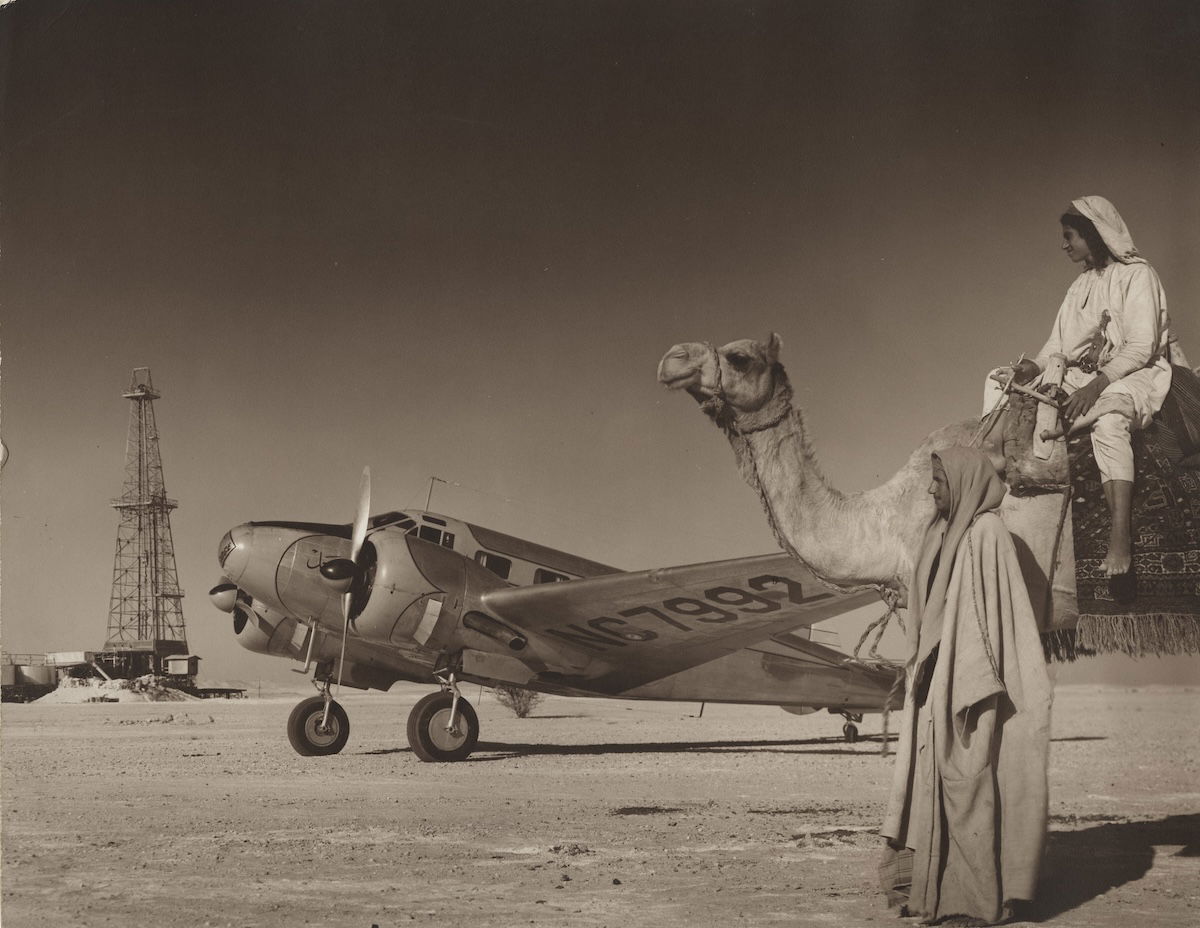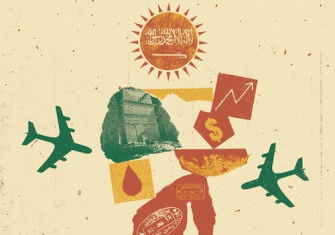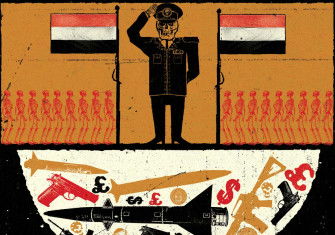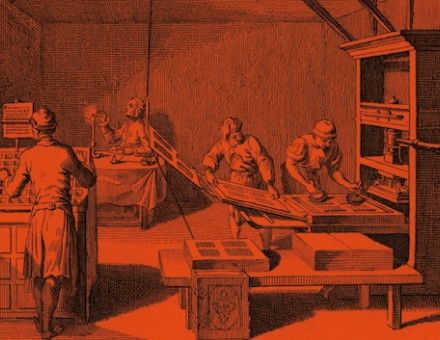‘Saudi Arabia: A Modern History’ by David Commins review
How did a Gulf backwater become a global powerbroker? Saudi Arabia: A Modern History by David Commins explores the uneasy alliance between oil, autocracy, and Wahhabism.

I am struck by how little many expatriates in Saudi Arabia or the Gulf know about the history of the region in which they live. Many are unaware that it was a political and economic backwater until the oil era began just before the Second World War. Some are even surprised that, before the 1930s, there had only once been a powerful state covering most of the Arabian peninsula – and that was well over a millennium before. Cairo, Damascus, Jerusalem, Aleppo, Baghdad, and Mosul were the great cities of the eastern Arab world, all located to the north or west of the peninsula. Mecca and Medina were merely pilgrimage centres, while most of the ports dotted around the peninsula were of only local significance. Few people outside Arabia knew of Riyadh. The arid Arabian subcontinent was one of the poorest and most desolate places on earth.
In 1932, the year in which Saudi Arabia was officially created, the kingdom had a diverse, albeit exclusively Muslim, population. Najd in the centre of the peninsula was the home of the fierce warriors who followed the puritanical and intolerant Wahhabi version of the faith. It pronounced that Muslims who were not Wahhabis were infidels. To the east, in the region where the Kingdom’s oil wealth would begin to appear in 1938, at least half the population was Twelver Shi’i. To the west, in the Hijaz, the population of the towns was predominantly Sunni but not Wahhabi. It was also cosmopolitan. This reflected the legacy of 13 centuries of pilgrimage from all over the Muslim world. To the south, near the Yemeni border, there was a substantial Ismaili community. Outside towns and oases, everywhere was tribal. The tribes followed codes of honour that acknowledged pillage as having its proper place in ordinary life, and saw the deterrent of the blood feud as the most effective way to maintain order. The new kingdom was one of the last bastions of officially tolerated slavery.
It is often said that Saudi Arabia is one of the few countries that takes its name from the man who founded it, the Najdi warrior Abdul Aziz bin Abdul Rahman Ibn Saud (1880-1953). This is not quite true. The name is that of the family from which he came, and which had intermittently ruled an emirate based in the centre of Najd since some point in the early 18th century. There were many such warrior families whose fiefdoms survived for a while and are long since forgotten except by their descendants. Yet one tribal shaykh, Muhammad Ibn Saud (1687-1765), struck up a pragmatic alliance with a religious scholar and preacher, Muhammad Ibn Abdul Wahhab (1703-92), the eponymous founder of Wahhabism. The two men came to an agreement. Ibn Abdul Wahhab would recognise Muhammad Ibn Saud as the lawful ruler in terms of the Islamic sharia, and the warriors who followed him would expand the dominions of the House of Saud so that the ‘true’ version of Islam could be preached everywhere they conquered. A crucial tenet of Wahhabism was submission to the lawful ruler. That was very convenient, and is why the Saudi state became ideologically dependent on Wahhabism.
This story, and what happened over the following two and a half centuries, is expertly told by David Commins in Saudi Arabia: A Modern History. One of the main purposes of history is to understand where we are today, and that is exactly what Commins’ achieves. He shows how the main drivers that have made Saudi Arabia what it is are the internal politics of the House of Saud, the religious politics of Wahhabism, the effects of oil wealth, and the dilemmas that have confronted the kingdom in its dealings with the outside world. Commins describes factional division as the Achilles heel of Arabian clans, not least the House of Saud.
After Ibn Saud’s death in 1953, the kingdom was ruled on a clan basis by a succession of his sons until a grandson, Crown Prince Mohammed bin Salman (MBS), consolidated power in the Ritz-Carlton purge of 2017. Saudi Arabia now seems to be on a new path, but it is that of autocracy. At least the kings who were sons of Ibn Saud had to consult among their family. There is a very real risk that MBS will morph into a dictator of the sort that has plagued the Arab world since the 1950s, and whose judgements have been impaired by the obsequiousness of the sycophants that surround them. The murder of Jamal Khashoggi suggests that the new regime does not like those who speak truth publicly to power.
That said, a very real transformation is going on. Commins shows how this began gently during the 20 years under King Abdullah, who died in 2015. This groundwork enabled MBS to end the grip Wahhabism had enjoyed over Saudi society, as well as to embark on a cautious reconciliation with Iran (assisted by Chinese good offices). MBS’ 2030 vision of Saudi Arabia envisages it becoming a high-earning, high-tech society no longer dependent on hydrocarbons. This is leading to a spending spree on the pet projects beloved by kings and dictators, and benefiting legions of foreign consultants. At the risk of understatement, it is unlikely to be completely successful. He is also trying to replace the militancy of Wahhabism with a modern, secular nationalism as the focus of Saudi identity. If he succeeds in dethroning the currents of Islam that ultimately led to al-Qaeda and ISIS, we will all owe him a debt.
Yet Saudi Arabia is a very diverse country. Foreign policy experts in the 1930s and 1940s doubted that it would survive the death of Ibn Saud. Its varied peoples will expect to be listened to by their ruler and that can only imply evolution towards some form of democratic participation. That will be the great challenge for MBS. He has shown he can respond to his people, most recently by encouraging the Saudi media to express its outrage at Donald Trump’s plan to ethnically cleanse Gaza, something MBS probably does not care deeply about himself. But as the years of his rule extend into decades, will he maintain a sure touch? Or will his grip on reality weaken, as it did with Saddam Hussein and Bashar al-Assad – and, for that matter, his own uncle King Saud, who was deposed by the family in 1964?
-
Saudi Arabia: A Modern History
David Commins
Yale University Press, 384pp, £25
Buy from bookshop.org (affiliate link)
John McHugo is a historian of the Middle East and Islam.






